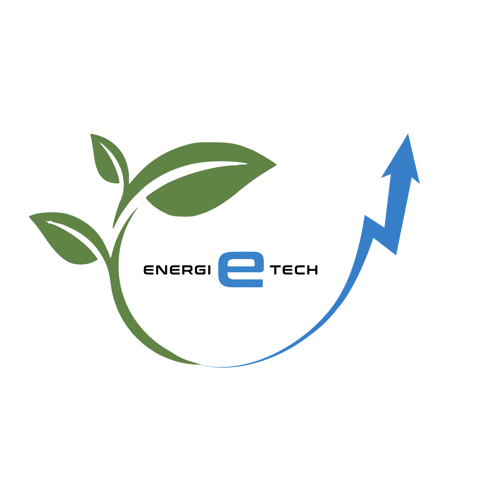LONG-CHECK
Nutzen Sie unseren Long-Check als umfassende Bestandsaufnahme. Inkludiert ist ein Glossar als schnelles FAQ. Sie können alle Eingaben jederzeit zwischenspeichern und innerhalb von 30 Tagen ergänzen. Je mehr Details Sie einfügen, umso detailreicher wird die Auswertung. Online erhalten Sie eine erste Einschätzung. Eine ausführliche Bewertung mit betriebswirtschaftlichen Kennzahlen erhalten Sie für einen kleinen Pauschalbetrag.
WIZARD
Nutzen Sie unseren Wizard für eine spielerische Simulation des Zusammenhanges zwischen Unternehmenszielen und Investitionshorizont für technologieoffene passgenaue Empfehlungen. Sie können beliebig zwischen den verschiedenen Szenarien switchen und sich inspirieren lassen. Eine ausführliche Bewertung mit betriebswirtschaftlichen Kennzahlen erhalten Sie für einen kleinen Pauschalbetrag.
QUICK-CHECKS
Nutzen Sie unsere zahlreichen Quick-Checks in der Fußzeile für einen direkten Einstieg in ein konkretes Thema. Switchen Sie gern beliebig (einfach nur scrollen) zwischen den verschiedenen Quick-Checks. Starten Sie gern mit unseren Potenzial-Checks, die Sie gern für eine erste Bewertung der Energieeffizienz-Potenziale Ihres Unternehmens bzw. Gebäudes bzw. Standortes verwenden können.
HUMORIGES
Sie wünschen Inspiration? Sie möchten sich dem Thema auf humorvolle Art und Weise annähern? Sicher oder hoffentlich kennen Sie den schrägen Humor des Senders Eriwan? Sie würden gern Teil der Gemeinschaft werden? Stellen Sie gern Ihre schräge Frage. Wir entwickeln für Sie eine schräge Antwort.

